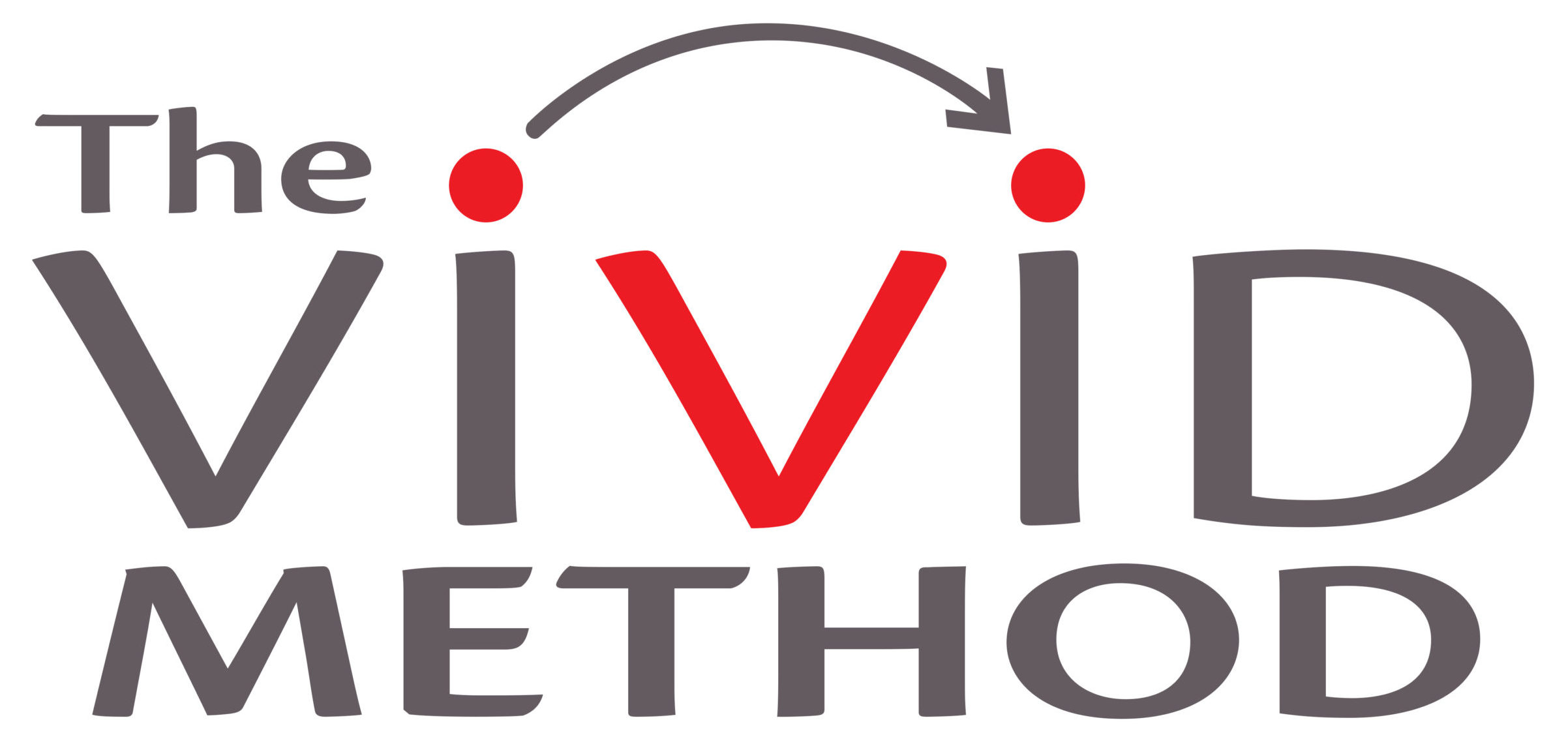Wicked messages: getting people to take action (part 1)
A few years ago, a Systems Engineer at USC Berkeley wanted to understand how we could put a man on the moon, yet couldn’t do things that seemed straightforward – like designing buildings that functioned properly, agreeing on where to build freeways, etc.
He identified that some problems were wicked, while other problems were tame.
This concept helps us understand when we’ll get results with our communication, and when we won’t.
Many business presentations have wicked messages – that is, not enough is made clear for people to take action. Even when the listeners say they will!
If you are unknowingly delivering wicked messages, then your ideas are being wasted and opportunities are being missed.
What is a wicked message?
With a tame problem you have a clear idea of the outcome.
A builder has a tame problem because the architectural plans define the outcome. He will still have problems but not Wicked Problems because he can always refer back to the plans for clarity.
Wicked problems exist when they are many possible outcomes or variables change.
People don’t take action on wicked messages because they seem:
- Unclear (a long or overly detailed presentation)
- Impractical (‘rah, rah’ type motivational talks about ‘service’ or ‘commitment’)
- Have no well-defined starting point (what do you want them to do next?)
- Vague about measurement (how will this action/project be assessed?)
- Not linked to the listener’s role (no examples)
- Unstable (listener is unclear if the parameters will change)
Have a think about your next presentation make sure the audience knows *exactly* what to do next.
Part 2 will outline how to persuade people to take action.
